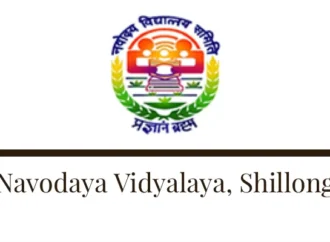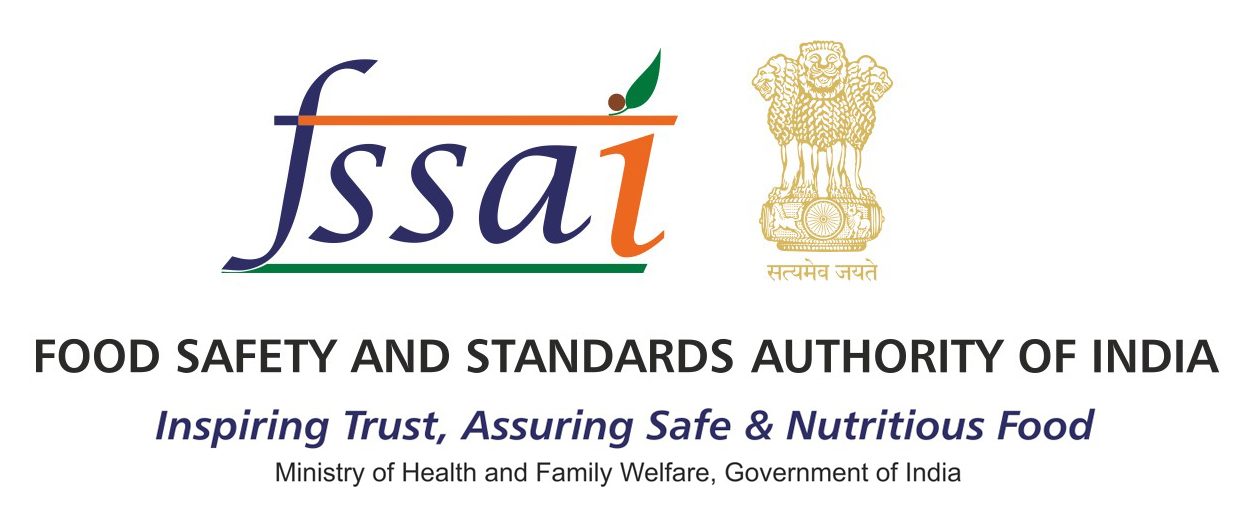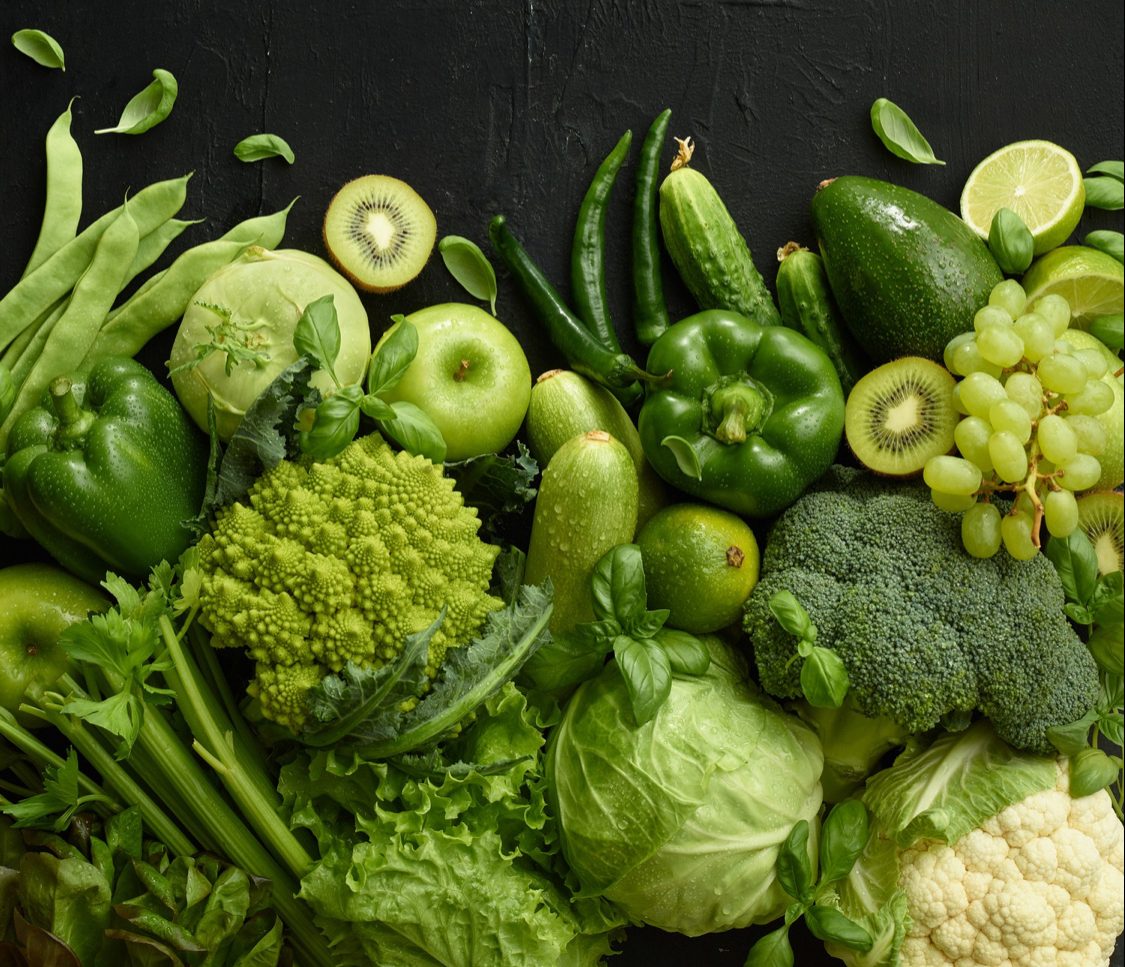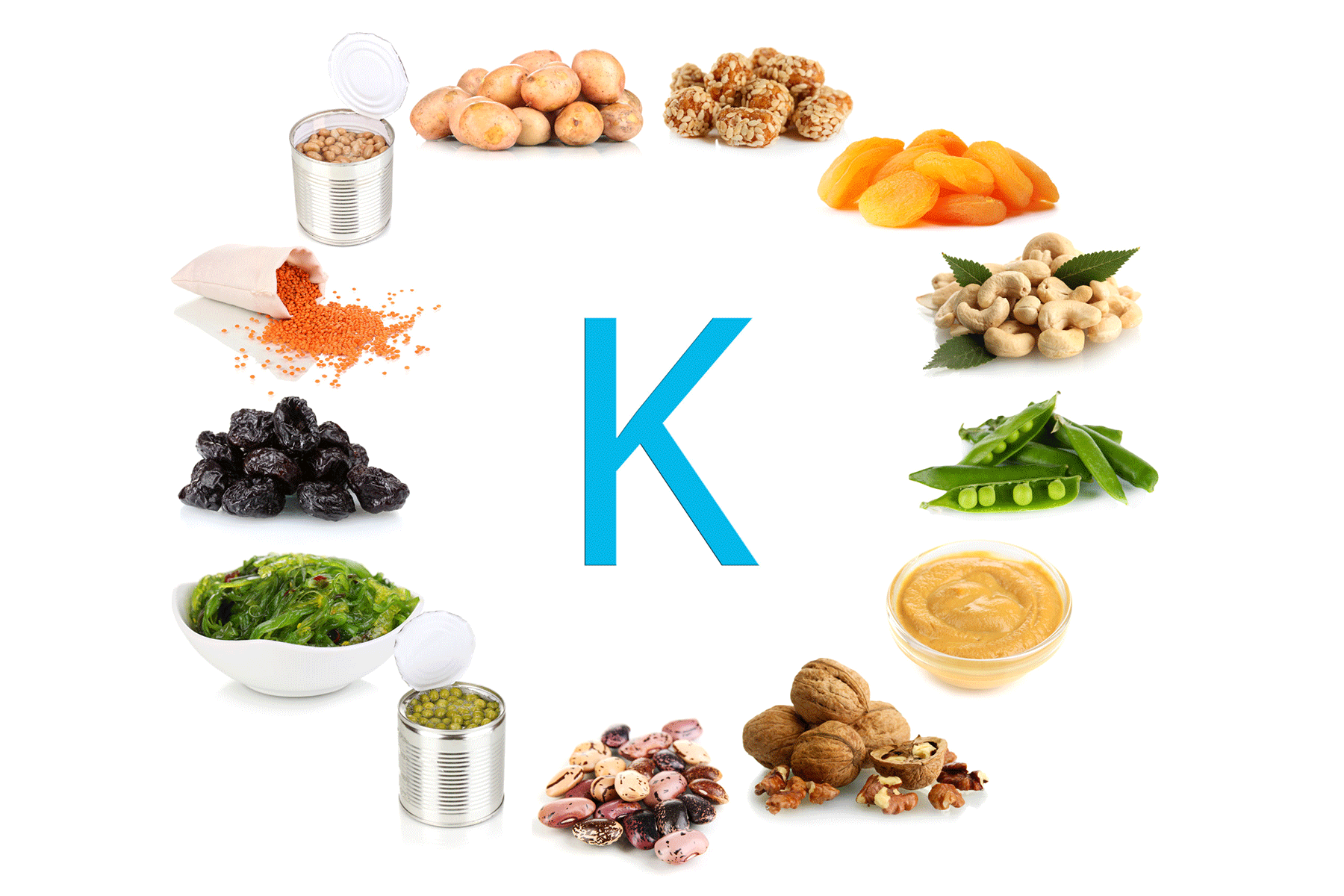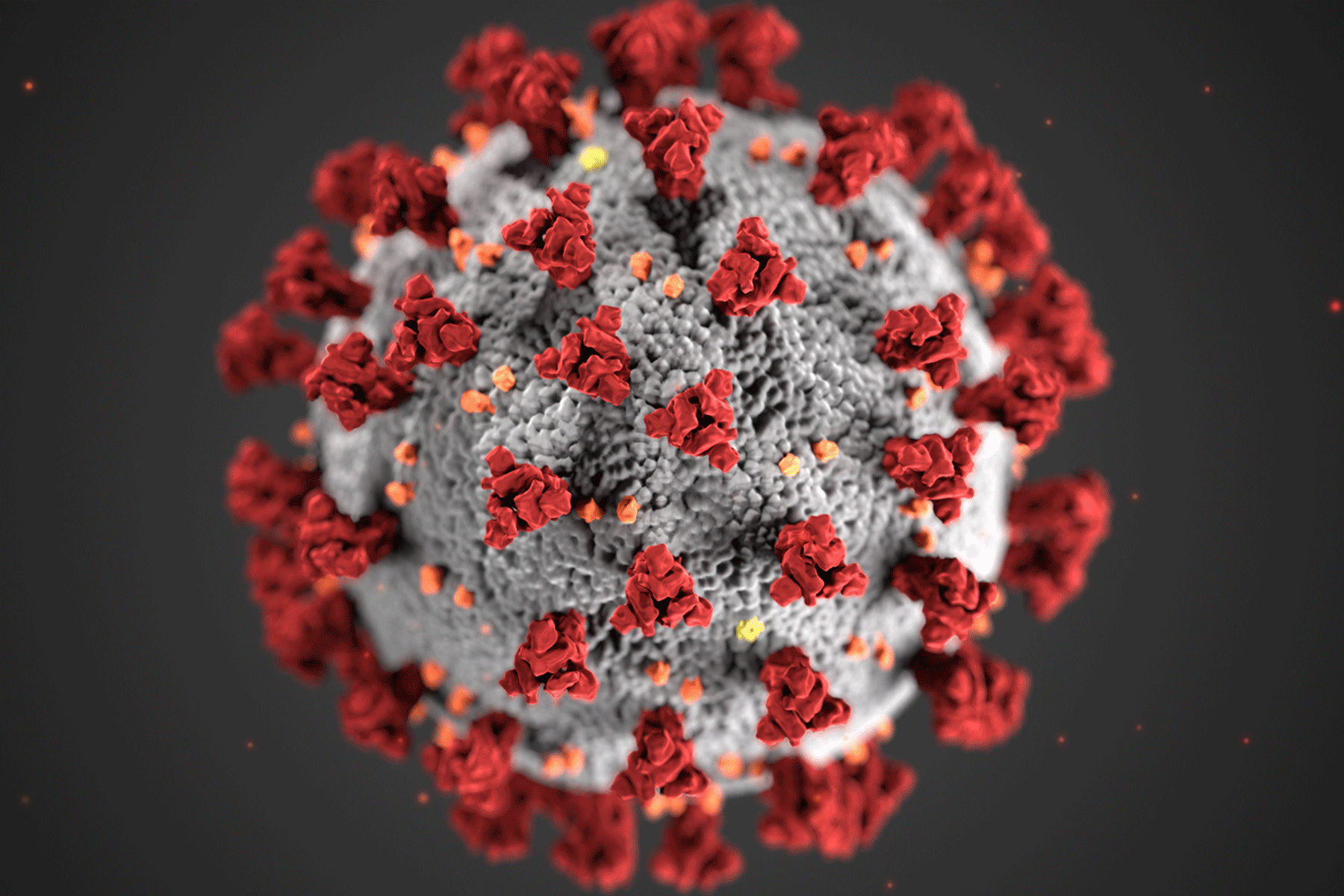Many of us eat enough to feel full, but our bodies might still miss out on key nutrients like iron, vitamin A, or iodine. This gap in nutrition is called “hidden hunger,” and it can lead to health problems like anaemia, poor immunity, and slow growth in children. Fortification is a simple and effective way to fix this. It means adding essential vitamins and minerals to everyday foods like salt, milk, or rice — without changing their taste or cost. In India, fortification plays a big role in improving public health, especially for those with limited access to diverse diets.
What Is Food Fortification?
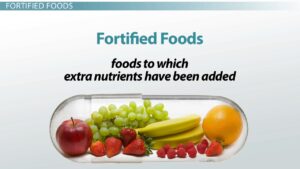
Food fortification is the process of adding small, safe amounts of nutrients to foods that many people eat every day. These nutrients are added during food processing to improve the overall quality of the diet and prevent deficiencies. For example, iron can be added to wheat flour, iodine to salt, and vitamin A to milk. The goal is to reach a large part of the population with foods they already consume. This method is simple, cost-effective, and does not require people to change their eating habits. Fortified foods look, taste, and cost the same as regular foods. But the added nutrients help build stronger bodies and better health.
Why Is Fortification Important in India?
In India, many people — especially children, women, and low-income families — do not get enough nutrients from their daily meals. Even when food is available, it may lack iron, vitamin B12, folic acid, or other important nutrients. This can lead to problems like fatigue, weak immunity, low birth weight in babies, and poor mental development in children.
Fortification helps fill these nutrition gaps. For instance:
-
Iron-fortified rice helps fight anaemia.
-
Vitamin A-fortified milk supports eye health and immunity.
-
Iodized salt prevents goitre and supports brain development.
-
Wheat flour fortified with folic acid and iron improves the health of women and children.
By strengthening the basic foods we eat daily, fortification supports overall wellbeing and reduces the risk of disease.
How Does It Work in Practice?
Food manufacturers add specific nutrients to products during the production process, following strict guidelines from food authorities. In India, the Food Safety and Standards Authority of India (FSSAI) sets the standards for fortification and monitors its implementation. Fortified products usually carry a special logo — an “F+” symbol in a blue square — to help consumers identify them easily.
These standards ensure that the nutrients added are safe, in the right amount, and beneficial when consumed regularly. Fortification also aligns with food safety because it focuses on improving the nutritional quality of food while keeping it safe and free from harmful substances.
Where Can You Find Fortified Foods?
Today, you can find fortified foods in local grocery stores and government-run food programs. The Public Distribution System (PDS), Mid-Day Meal Scheme, and Integrated Child Development Services (ICDS) have all started using fortified rice, wheat flour, and oil to improve the health of vulnerable groups. Many packaged foods like breakfast cereals, milk, salt, and cooking oil are also available in fortified versions. The best part? They don’t taste any different, and they cost about the same as regular versions.
What Can You Do as a Consumer?
You can support better nutrition in simple, everyday ways:
-
Choose fortified foods – Look for the blue square with an “F+” symbol on packs of salt, milk, oil, flour, or rice.
-
No extra cost – Fortified foods are usually priced the same as regular ones and don’t require a change in taste or habit.
-
Spread the word – Talk to your family, friends, and community about the benefits of fortified foods.
-
Raise awareness in schools and homes – If you’re a parent, teacher, or caregiver, help children and others understand why fortification matters.
-
Support nutrition programs – Encourage local schools and ration shops to use fortified products through government schemes like the Mid-Day Meal or PDS.
-
Be a smart consumer – Ask for better, safer, and more nutritious food in your community and help build demand for fortified products.
Even small steps like these can add up to a big difference in your family’s health and your community’s well-being.
Conclusion
Fortification is one of the easiest and most effective ways to fight hidden hunger. It strengthens everyday foods with essential nutrients, helping people live healthier lives without any extra effort or cost. In a country like India, where malnutrition and anaemia are still major concerns, fortified foods act as a silent hero — working in the background to make a big difference. By choosing fortified foods and supporting food safety initiatives, we can all take a simple step toward a healthier and stronger future.
 Food Manifest
Food Manifest 
